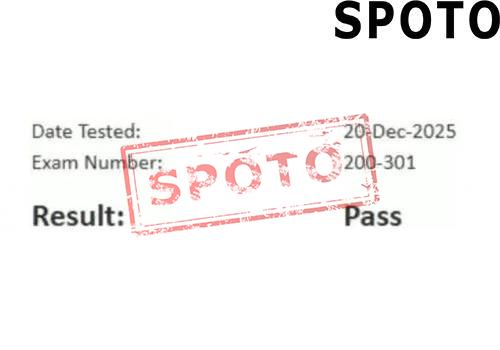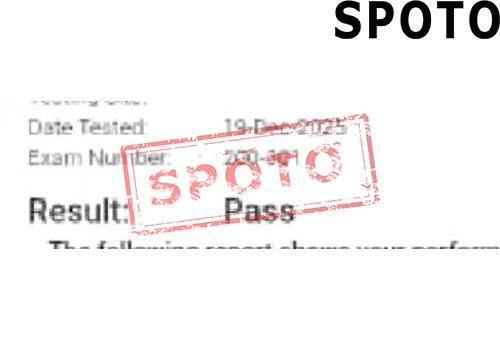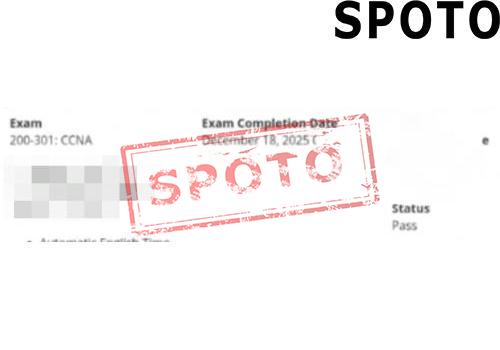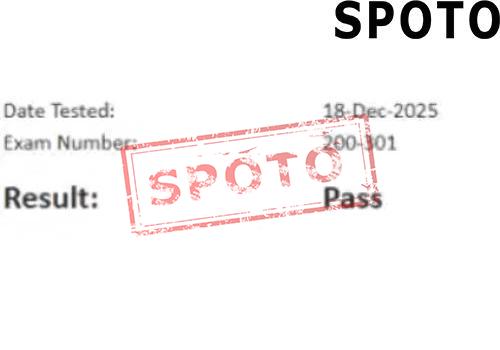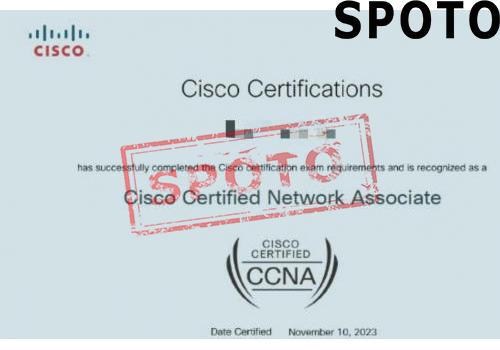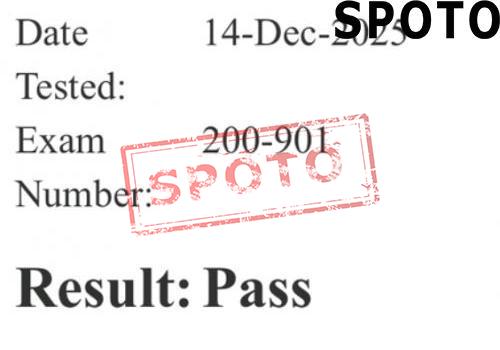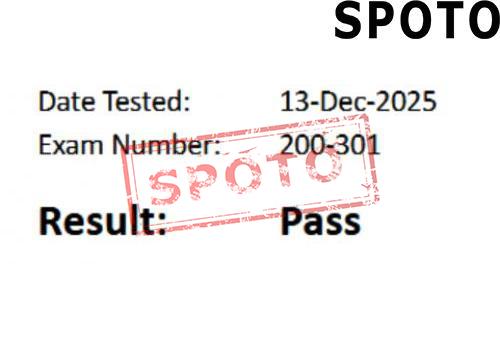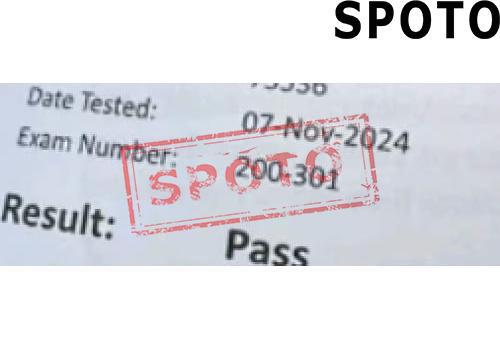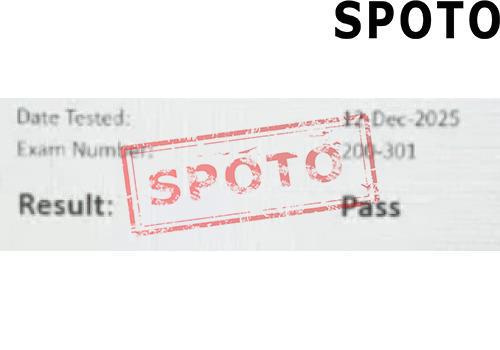exam.png)
How can I pass the Cisco CCNA (200-301) exam?
Cisco requires a lot of dedication and work. To obtain a Cisco certification, you must possess the necessary expertise. This is comparable to the CCNA (200-301) exam for Cisco Certified Network Associate. This associate-level test covers technological topics like networking, security, and automation. Additionally, it acknowledges your proficiency in wired and wireless network configuration, upkeep, and debugging in various industries, such as cloud computing, data centers, routing, switching, security, service providers, etc. Last but not least, this certification evaluates how well you comprehend IP services, connectivity, network fundamentals, etc. This test is a prerequisite for the professional level (CCNP) certification.
Why Take the Cisco CCNA (200-301) Exam?
A Cisco Certified Network Associate certification can be used to launch a career in IT technology. Many foundational concepts for IT professionals are covered in the Cisco Certified Network Associate exam, which is necessary to earn this credential. Furthermore, Cisco has a track record of working nonstop since 1984 to provide the best and most efficient network solutions. It was developed by LAN pioneers Leonard Bosack and Sandy Lerner (Local Area Networking). As a result, the successors will have a variety of opportunities. Choosing them becomes even more sane and reliable as a result.
Who Should Take the Cisco CCNA (200-301) Exam?
First things first: the Cisco Certified Network Associate CCNA (200-301) certification test's primary target audiences are engineers (network, telecommunications), technicians (network, network operations), and analysts (network, network operations center). Additionally, anyone with relevant abilities, such as educators, teachers, content providers, and others, can earn this qualification. These skills include typical ones fundamental to every job, like communication, problem-solving, organization, customer service, analytical, soft skills centered around Cisco equilibrium and Microsoft Office Suite, and knowledge of technologies specific to the industry. Additionally, it is suggested that people acquire this certification to improve their professional growth and predictability statistics. Last but not least, passing this exam is a prerequisite for candidates who wish to take the CCNP exam.

Curriculum Description
The Cisco Certified Network Associate CCNA (200-301) certification test covers the following areas:
Networking Foundations (20%)
- Initially, explain the function and function of network components.
- Give instances of the characteristics of network topology architectures.
- comparing several cables and physical interface kinds
- Identify cable and interface issues (collisions, faults, mismatched duplex or speed)
- Comparison of TCP and UDP
- Configure and validate IPv4 subnetting and addressing.
- Why do we need private IPv4 addressing?
- Configure and validate the IPv6 prefix and addressing
- Additionally, compare IPv6 address types.
- Examine the client OS's IP settings (Windows, Mac OS, Linux)
- enumerate the principles of wireless
- What are the principles of virtualization? (virtual machines)
- Lastly, describe the idea of switching.
Network Access (20%) (Domain 2)
- Setup and testing VLANs (typical range) across many switches should come first.
- Create and validate Interswitch connectivity.
- Configuration and assessment of Layer 2 discovery protocols (Cisco Discovery Protocol and LLDP)
- Set up and test the (Layer 2/Layer 3) EtherChannel after that (LACP)
- Describe why the Rapid PVST+ Spanning Tree Protocol is necessary and its core values.
- Compare Cisco Wireless Architectures and AP modes.
- Additionally, describe the connections between the physical infrastructure and the WLAN components (AP, WLC, access/trunk ports, and LAG).
- Describe the console, TACACS+/RADIUS, SSH, HTTP, HTTPS, and Telnet administration access connections for the AP and WLC.
- Set up the WLAN creation, security options, QoS profiles, and advanced WLAN settings for client connectivity using only the GUI.
Domain 3 IP Connectivity: 25%
- First, interpret the items of the routing table.
- Learn how a router selects which traffic to forward by default.
- IPv4 and IPv6 static routing configuration and verification
- After that, configure and inspect the single area. OSPFv2
- Finally, describe the first-hop redundancy protocol's objective.
Services IP under Domain 4 (ten percent)
- First, configure and test source NAT using static and pools. 2019 Cisco Systems, Inc.
- NTP should be set up and tested in client and server modes.
- Explain how DNS and DHCP work in a network.
- Afterward, explain SNMP's role in network operations.
- Give examples of how to use the levels and facilities of Syslog.
- Set up and test your DHCP client and relay as well.
- Include classification, marking, queuing, congestion, policing, and shaping in your description of forwarding per-hop behavior (PHB) for quality of service (QoS).
- Set up SSH on network hardware to enable remote access.
- Discuss TFTP/capabilities FTPs and their function within the network to finish.
Domain 5: Fundamental Security Ideas (15%)
- first, list key security concepts (threats, vulnerabilities, exploits, and mitigation techniques)
- Describe the elements of security programs (user awareness, training, and physical access control)
- For device access control setup, create local passwords
- Identify the elements of security password guidelines, such as management, level of difficulty, and alternate passwords (multifactor authentication, certificates, and biometrics)
- After that, go through remote access and site-to-site VPNs.
- I am setting up and validating access control lists.
- Install Layer 2 security elements (DHCP snooping, dynamic ARP inspection, and port security)
- Separate the concepts of accounting, authorization, and authentication as well.
- Information on wireless security methods (WPA, WPA2, and WPA3)
- Last but not least, configure WLAN using WPA2 PSK using the GUI.
Conclusion
Network administrators, entry-level network engineers, help desk agents, and network support technicians are just a few of the networking jobs that candidates with the CCNA certification and a passing score on the Cisco 200-301 test are eligible for. The Cisco 200-301 is your best choice if you're just starting in IT and want to improve your field knowledge.

